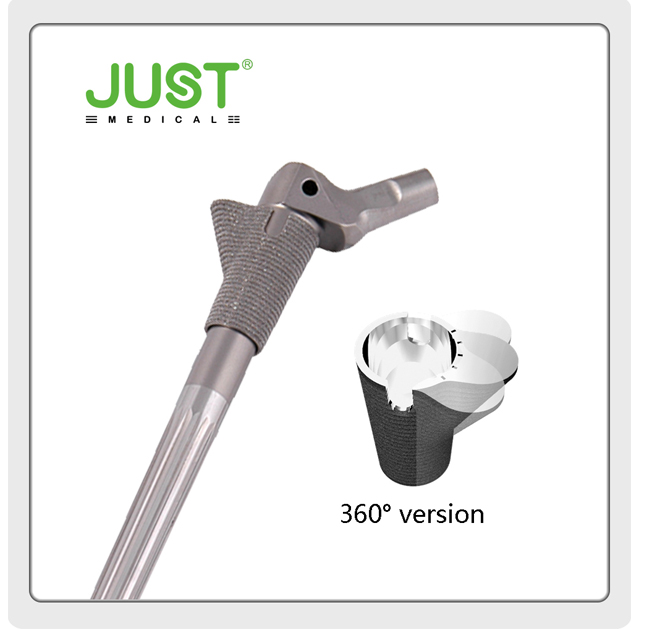What Do You Know about Artificial Hip Replacements?
 Mar. 02, 2021
Mar. 02, 2021
Objectives of Artificial Hip Arthroplasty
Pain relief, improved stability, mobility and lower limb equilibrium. If the patient's condition is complex and it is difficult to achieve all of the above goals, the top goals should be achieved first, in the order described above.
Selection of artificial hip prosthesis
The choice of prosthesis should be based on the patient's condition and the characteristics of the prosthesis design, taking into account the surgeon's own clinical experience, and if necessary, multiple prostheses can be prepared before surgery.
Artificial hip prostheses are often divided into two categories: fixed and cemented. The patient's age, the condition of the acetabulum and proximal femur, the quality of the bone and the degree of bone loss should all be taken into consideration.
In some special cases, the use of a modular hip prosthesis or a restricted hip prosthesis, or even a custom-made prosthesis, may be considered.
In younger, more active patients with minimal structural changes to the proximal femur and acetabulum, a surface hip replacement can be performed.
New joint interfaces of ceramic-to-polyethylene, ceramic-to-ceramic and metal-to-metal can be used depending on the patient's individual circumstances.

Post-operative instability of the artificial hip joint
In addition to certain conditions in the patient that can lead to postoperative dislocation, the surgeon's surgical technique is a major factor in postoperative hip instability.
Correct placement of the acetabular and femoral prostheses and proper soft tissue release can reduce the incidence of postoperative instability.
It is recommended that radiographs are routinely taken in the operating room at the end of the operation and any abnormalities are treated immediately. Early detection of hip dislocation can be treated by manipulation and plaster or brace fixation. In addition to repositioning the prosthesis, subluxation of the femoral trochanter, tightening of the joint capsule and selection of a polyethylene lining with an anti-dislocation rim are also effective surgical methods.
Post-operative rehabilitation and follow-up after hip arthroplasty
An effective rehabilitation programme tailored to the individual patient can facilitate rapid recovery of hip function and mobility.
The rehabilitation process should start before the operation, with the patient being given information and an appropriate daily schedule, so that the patient is better able to cooperate with the rehabilitation process after the operation.
Effective postoperative analgesia is an important guarantee for early postoperative rehabilitation. Patients should be given timely and effective analgesic measures, including oral medication and pain pumps. Postoperative physical rehabilitation includes active (passive) joint movement, restoration and strengthening of muscles, etc. Emphasis should be placed on psychological education for patients and a strict follow-up system should be established.
The information is provided by the artificial hip prostheses supplier.













